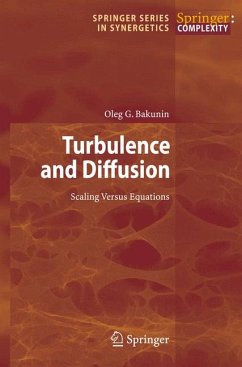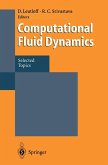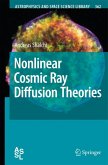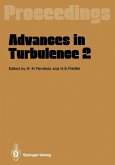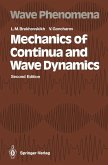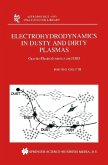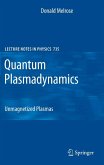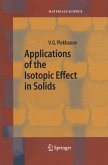From the more methodological point of view, the approach relies on the general use of correlations estimates, quasilinear equations and continuous time random walk techniques. Yet, the mathematical descriptions are not meant to become a fixed set of recipes but rather develop and strengthen the reader's physical intuition and understanding on the underlying mechanisms involved.
Most of the material stems from class-tested lectures, where graduate students where assumed to have a working knowledge of classical physics, fluid dynamics and plasma physics but otherwise no prior knowledge of the subject matter is assumed from the side of the reader.
Dieser Download kann aus rechtlichen Gründen nur mit Rechnungsadresse in A, B, BG, CY, CZ, D, DK, EW, E, FIN, F, GR, HR, H, IRL, I, LT, L, LR, M, NL, PL, P, R, S, SLO, SK ausgeliefert werden.
"The text is organized in four parts. ... It provides a terse survey of the recent advances in the field of non-conventional approaches to turbulence modeling. The collection of topics in this book is very broad ... . recommended for advanced undergraduate students and graduate students in theoretical physics and geophysical sciences. It can also be used by researcher who are interested in relatively new theoretical concepts, with a strong preference for the scaling and renormalization." (Andrzej Icha, Pure and Applied Geophysics, Vol. 166, 2009)

